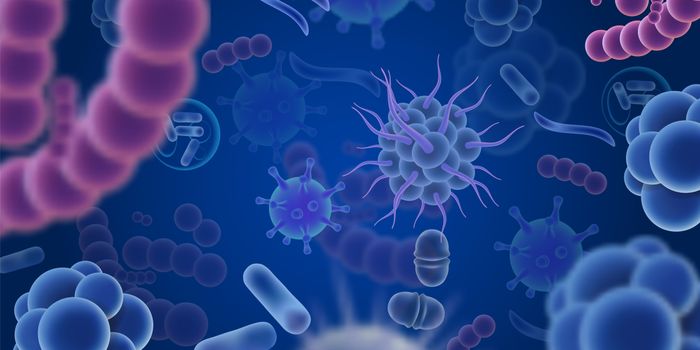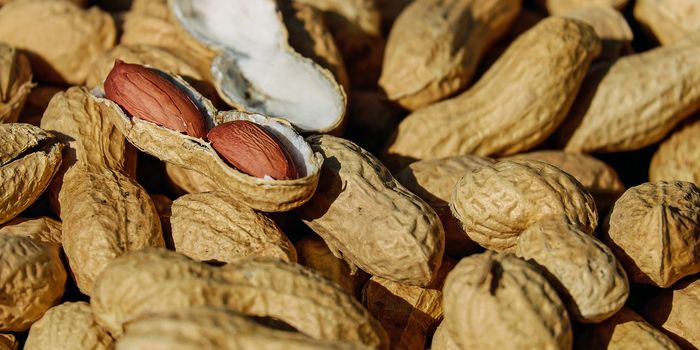How Phase Separation is Involved in Cell Size Control
When certain things in the cellular environment change, such as a dramatic increase in salt or sugar levels, it can cause liquid to come out of the cell. This can dramatically alter cell volume. But cells have to keep their size under control. It's been suggested that cells can sense how crowded their cytoplasm is, and they can adjust their volume accordingly. Enzymes called with-no-lysine kinases (WNKs) were discovered in the early aughts, and scientists thought that WNKs were reversing shrinkage in cells. More recently, scientists have found that the liquid or cytosol inside of cells, which is packed full of molecules and organelles, can undergo a kind of phase separation, like oil and vinegar, in which certain things can be concentrated together in droplets.
Scientists were assessing cells during an experiment and when they added a salt solution to the cells, they saw the inside of the cells suddenly developed clumps like a lava lamp, said Dr. Daniel Shiwarski, a postdoctoral research fellow at Carnegie Mellon University.
Shiwarski and colleagues became interested in whether those lava lamp droplets related to the control of cell volume, and determined that the liquid droplets they had observed were part of the phase separation phenomenon. When the WNKs were marked with fluorescent labels, they were seen throughout the cytosol of the cell, and the whole cell glowed. But when a salt solution was added to the cells, the WNKs aggregated together, generating large globules of liquid, like a lava lamp.
The study authors noted that this meant they had visualized phase separation; the WNKs can condense into droplets that also contain molecules that trigger salt transporter activity. Then, cells stop importing ions and water, and their volume can return to normal within only a few seconds. WNK kinases activate phase separation to return the cell to equilibrium. The findings have been reported in Cell.
“The inside of a cell contains cytosol, and generally people think that this cytosol is diffuse, with all kinds of molecules floating around in a perfectly mixed solution,” said senior study author Dr. Arohan R. Subramanya, an associate professor at Pitt’s School of Medicine and staff physician at the VA Pittsburgh Healthcare System. “But there has been this paradigm shift in our thinking of how cytosol works." Cytosol is more like an emulsion of little droplets and clusters of proteins, and when overcrowding or some other stress occurs, those droplets come together and become so large they can be seen with a microscope, added Subramanya.
There is still controversy about whether or not phase separation is relevant to physiology, said co-lead study author Dr. Cary Boyd-Shiwarski, an assistant professor at Pitt’s School of Medicine. Some scientists think it's an artifact of protein overexpression in artificial systems, or a pathology that doesn't truly happen in normal cells.
But this research has indicated that when cells are under stress, WNKs can activate phase separation as a normal response.
Some WNKs are involved in salt transport in the kidney, and the researchers are interested in learning more about whether WNKs relate to salt-sensitive hypertension.









